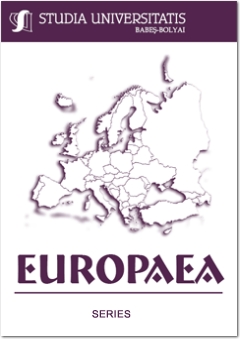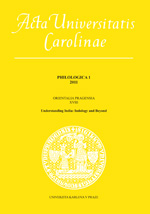
LA CORRELATION LANGAGE-CONSCIENCE AU CRIBLE DE LA PSYCHOGENESE : LE PROBLEME DE L’ACQUISITION DU LANGAGE CHEZ JEAN PIAGET
This paper adresses a commonplace way of articulating language and consciousness together. It expands on the difficulties raised by such a stance, by drawing its concepts and arguments from Jean Piaget’s psychogenesis. Especially, it displays the issues illuminated by Piaget about language acquisition.
More...
